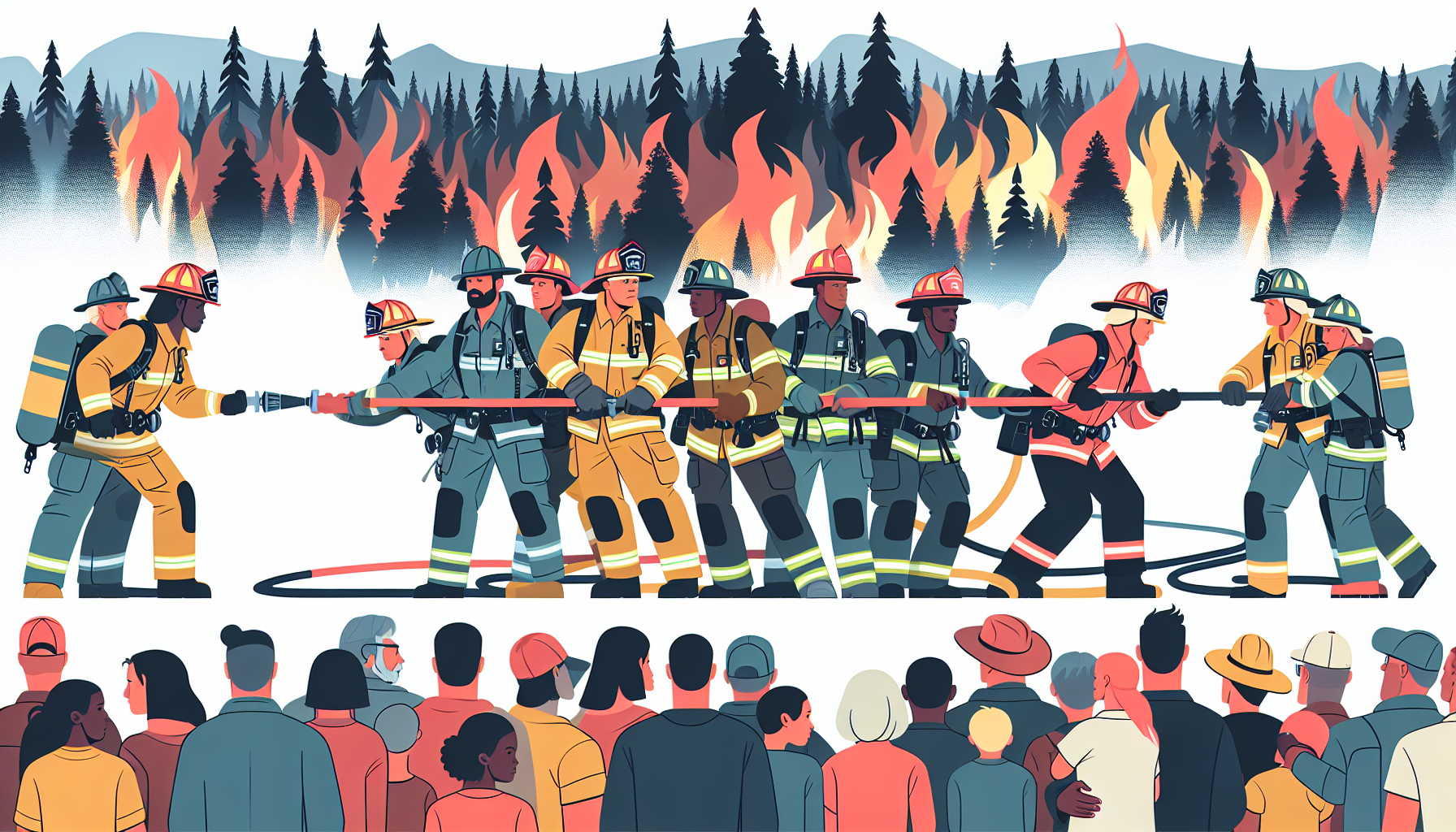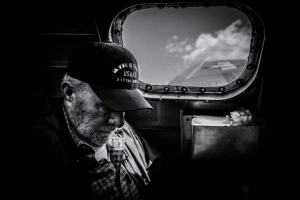Definition
A Coordinated Fire Line (CFL) is a line set and coordinated by military commanders beyond which any form of artillery or direct fire must be coordinated with the elements operating beyond that line. Primarily, it is established to prevent friendly fire incidents, i.e., injuring allies due to uncoordinated fires. Its location is often communicated through the grid system for accuracy in identification.
Key Takeaways
- The Coordinated Fire Line (CFL) is a line set by a commander on the ground, beyond which any form of artillery support, such as fire, air attacks, or ground movement, must be coordinated with that commander to prevent friendly fire.
- This term is predominantly used in military operations to streamline communication and improve cooperation between the different branches of the forces. It helps create a safe zone for ground troops and prevents uncoordinated attacks that might lead to friendly casualties.
- The CFL is crucial in ensuring successful military operations. It outlines tactical control measures and aids in the effective utilization of firepower to achieve mission objectives while minimizing unintended harm to friendly forces.
Importance
The Coordinated Fire Line (CFL) is a critical term in military operations due to its function in ensuring safety and efficiency on the battlefield.
Specifying a CFL is a crucial aspect of coordinating land, air, and artillery units in a unified approach, providing an identifiable line on the ground beyond which all organized weapons can fire at any time within the boundaries established by the ground commander.
This coordinated effort not only helps prevent friendly fire incidents and enhances the effectiveness of assaults on an enemy, but also increases the overall control and synchronization of operations.
Therefore, understanding and utilizing the concept of a CFL significantly contributes to successful military strategy and tactics.
Explanation
The Coordinated Fire Line (CFL) is fundamentally a tool utilized within military operations to ensure seamless collaboration, precise execution, and most importantly, safety among various units on a battlefield. The main purpose of the CFL is to define a distinct line on the ground which aids in regulating fire distribution in a strategic manner.
It serves as a coordinating measure which specifically indicates an identified point or line on the terrain, on or beyond which, all types of direct, indirect, and air-to-ground weapons may fire at any time within the boundaries of the ground commander’s operational zone without additional coordination. By clearly establishing a CFL, military forces can increase their efficiency and effectiveness in active combat zones.
The practical use of a CFL enables friendly units to proactively engage enemies in the designated areas without running the risk of causing friendly fire incidents, which can inadvertently harm own forces. Thus, the CFL plays a critical role in minimizing miscommunication or errors in judgement that can lead to catastrophic consequences during operations.
Additionally, it helps in the organization and control of fires, thereby ensuring the harmonious execution of joint force operations.
Examples of Coordinated fire line (CFL)
Operation Desert Storm, 1991: During the Gulf War, coalition forces from the United States and its allies effectively used Coordinated Fire Line (CFL) as a strategic methodology. With specific delineations for specific units, the operation saw one of the largest tank battles (Battle of 73 Easting) where the use of CFL was crucial for ensuring friendly fire was minimized and the firepower was concentrated against enemy Iraqi forces.
Operation Anaconda, 2002: This operation took place during the early stages of the War in Afghanistan. U.S. and allied forces against al-Qaeda and Taliban forces in the Shahi-Kot Valley and Arma Mountains employed the use of CFL as a strategic tool. Using this operational concept, the disparate friendly forces were able to coordinate their fires and movements, preventing accidental engagements while systematically clearing the area of enemy presence.
Battle of Fallujah, 2004: U.S. forces used the concept of a Coordinated Fire Line to prevent friendly fire incidents and maximize the effectiveness of their operations against the insurgent forces within the city. Different units were assigned specific zones of operations to contain the enemy and minimize collateral damage, thus the aspect of CFL played a significant role in the relative success of the operation.
“`html
Frequently Asked Questions about Coordinated Fire Line (CFL)
What is a Coordinated Fire Line (CFL)?
A Coordinated Fire Line (CFL) is a line set up by a military commander, beyond which indirect fire support assets are allowed to fire at any time within the boundaries of the mission without gaining further clearance.
Who implements the Coordinated Fire Line (CFL)?
The CFL is usually implemented by a higher-level commander to ensure smooth operation and to avert fratricide in the battlefield. It is a vital tool for deconflicting fires in the operational area.
Where is the Coordinated Fire Line (CFL) used?
The Coordinated Fire Line (CFL) is used in any theater of war or military operation where indirect fire support is present. Its primary purpose is to improve coordination and streamline the fire operation by avoiding any need for additional clearance.
Why is the Coordinated Fire Line (CFL) important?
The CFL is important as it ensures the safety and efficacy of military operations. It serves as a boundary that determines where fire support assets are permitted to fire without needing further clearance, removing the risk of miscommunication and accidental friendly fire.
How is the Coordinated Fire Line (CFL) established?
The Coordinated Fire Line (CFL) is typically established by the senior ground commander having jurisdiction in the zone or area. The CFL’s exact position will be dependent on the circumstances of the ongoing military operations and based on the maneuver plan of the commander.
“`
Related Military Operation Terms
- Veteran’s Preference
- Service Connected Disability Compensation
- Non-Service Connected Pension
- Aid and Attendance (A&A) Benefit
- Survivors Pension
Sources for More Information
- The United States Army Official Website: This is the official website of the U.S. Army where you can get comprehensive information about Coordinated fire line (CFL) and its applications in military operations.
- The United States Marine Corps Website: This is the official Marine Corps Website, where you can find detailed information on various military terms and concepts, including CFL.
- The Joint Chiefs of Staff Official Website: The Joint Chiefs of Staff is the body of the top-ranking officials of the U.S. military, who are responsible for coordinating and planning military operations, including the usage of CFL.
- GlobalSecurity.org: A leading source of background information and developing news stories in the fields of defense, space, intelligence, WMD, and homeland security. An in-depth understanding of CFL can be found here.
 Benefits.com Advisors
Benefits.com Advisors
With expertise spanning local, state, and federal benefit programs, our team is dedicated to guiding individuals towards the perfect program tailored to their unique circumstances.
Rise to the top with Peak Benefits!
Join our Peak Benefits Newsletter for the latest news, resources, and offers on all things government benefits.




















